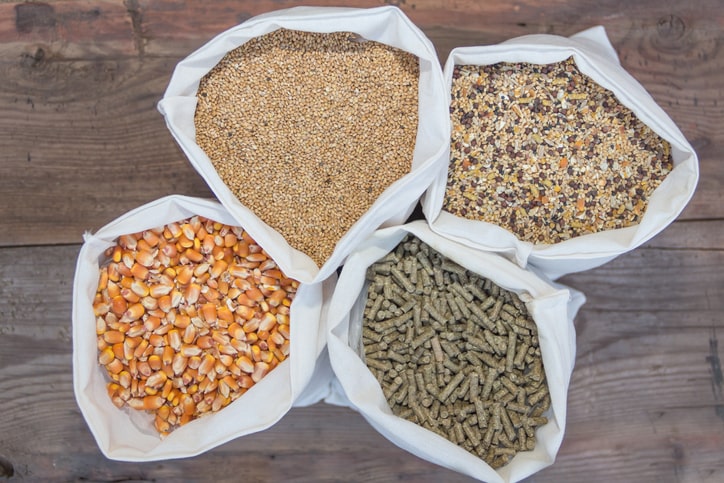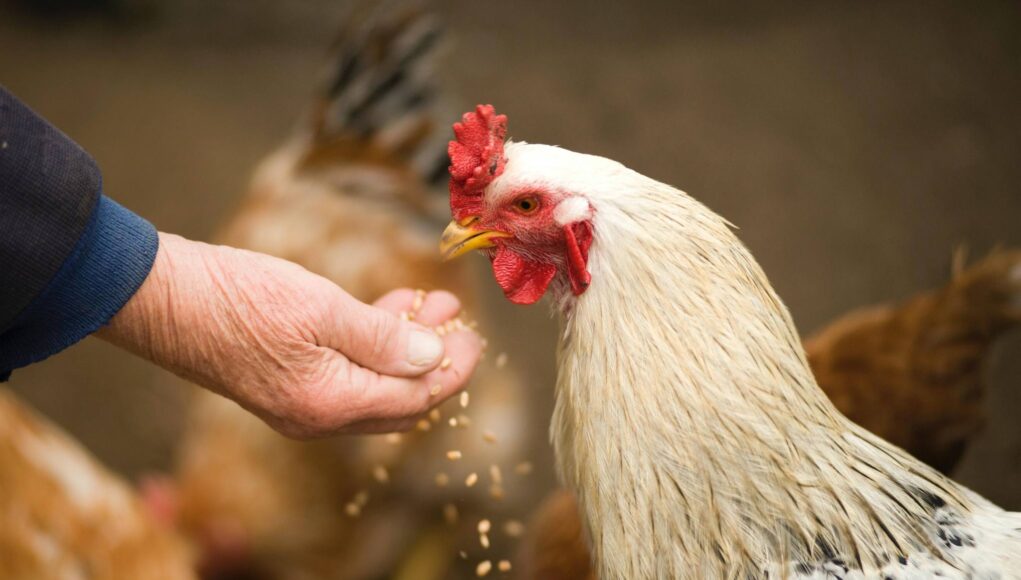Tube feeding can be a lifesaver when a chicken is unable to eat on its own. This guide will provide clear, approved methods to assist poultry keepers in understanding and managing the tube feeding process with a great degree of efficacy. In this article, you will learn about the necessary equipment, step-by-step feeding instructions, and vital care tips.

Introduction to Tube Feeding Chickens
Tube feeding or gavage is a critical procedure in avian care. It involves feeding liquid nutrition directly into a chicken’s crop or stomach using a tube. This method is often required when a chicken is sick or incapacitated.

When to Tube Feed a Chicken?
It’s essential to know when tube feeding is necessary. Chickens might need this procedure if they:
- Are severely underweight.
- Can’t eat on their own.
- Are recovering from surgery or injury.
Signs That Your Chicken Needs Tube Feeding
Recognizing these signs early can be a lifesaver:
- Lack of appetite.
- Weight loss.
- Weakness or lethargy.

Required Equipment for Tube Feeding
Gather the following equipment:
- A soft feeding tube.
- A 20-60ml syringe.
- Liquid food or electrolyte solution.
- Lubricant (e.g., vegetable oil).
Choosing the Right Equipment
Ensure the syringe is adequately large and the tube is soft to avoid injuring your chicken.

Preparing for Tube Feeding
Proper preparation is crucial:
- Sanitize all equipment.
- Warm the liquid food to room temperature.
- Assemble your equipment in a clean area.
Sanitation and Cleanliness
Sanitation prevents infections and ensures a successful feeding process.
Step-by-Step Tube Feeding Process
Step 1: Restrain the Chicken
Gently but firmly restrain your chicken using a towel to prevent harm.
Step 2: Lubricate the Tube
Apply a small amount of lubricant to the tube’s end.
Step 3: Insert the Tube
Carefully insert the tube into the chicken’s beak and guide it down the esophagus.
Step 4: Administer the Feed
Slowly and steadily press the syringe to deliver the feed into the crop.
Monitoring and Aftercare
After feeding, observe your chicken for any adverse reactions.
- Check the crop for fullness.
- Ensure your chicken is comfortable.
Signs of Successful Feeding
Look for a calm and satiated chicken with a visibly full crop.
Common Challenges and Solutions
Sometimes, challenges may arise:
- Resistance from the chicken.
- Trouble inserting the tube.
Overcoming Resistance
Remain calm, speak softly to soothe your chicken, and make sure you are not too forceful.
Advanced Tube Feeding Techniques
For experienced caregivers, consider these advanced techniques:
- Using nutritional supplements.
- Employing a feeding pump.
Supplemental Nutrition
Consult with a vet for recommendations on supplements to boost recovery.
FAQ
Can tube feeding injure my chicken?
If done carefully, it’s usually safe. Always exercise caution.
How often should I tube feed my chicken?
It depends on the chickens condition. Typically, feed 2-3 times per day.
What if my chicken is not improving?
Consult a veterinarian for further evaluation.
If you want to learn more about the care of chickens, we recommend reliable sources for more comprehensive guidelines.
Related Poultry Resources
Chicken Breed
Jumbo Eggs
Tasting Breed
As an Amazon Associate, I earn from qualifying purchases.









